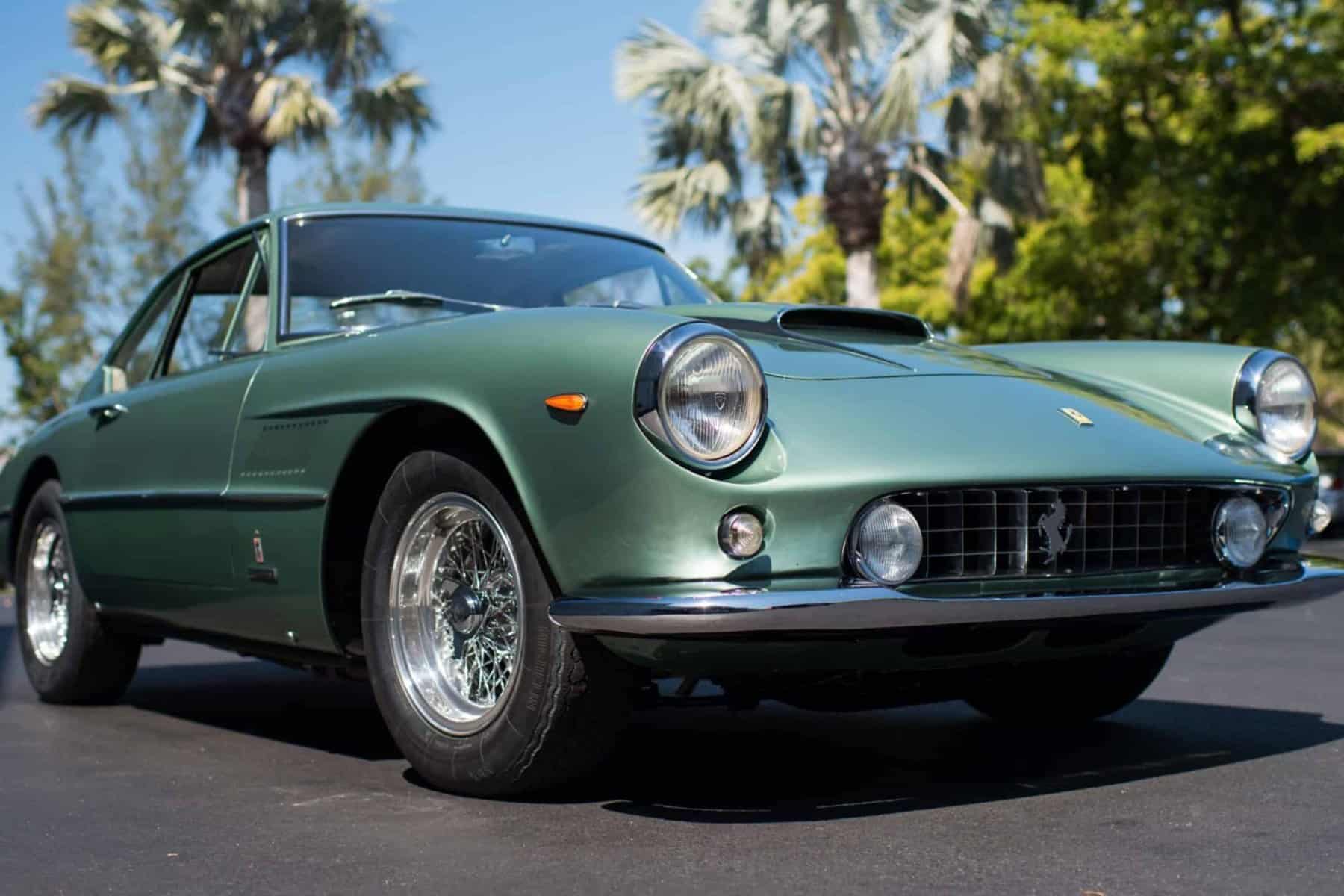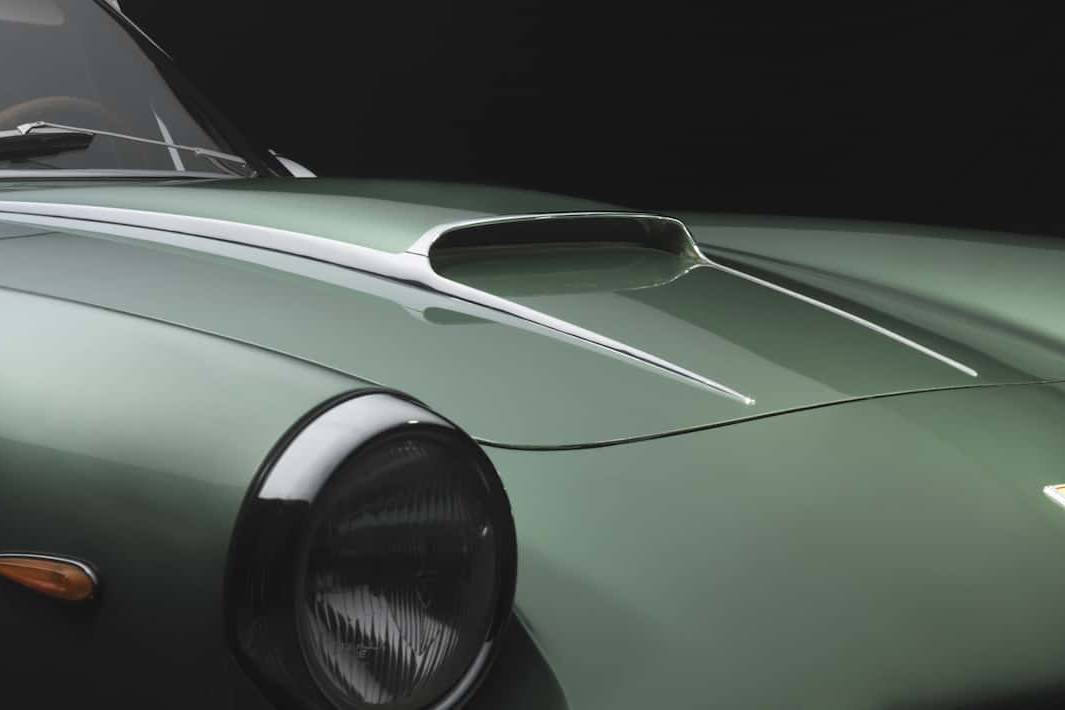Racer, Restaurateur, Legend
The glorious “double life” of René Dreyfus
BY: KEN GROSS
PHOTOS: JOHN LAMM
René Dreyfus lived two lives, gloriously. Born in France in 1905, at the dawn of the automotive age, René Dreyfus became fascinated with automobiles and convinced his father to let him race the family Mathis 750-cc two-seater. Before long, he was competing in a Bugatti Brescia.
His winning efforts caught the attention of Louis Chiron, who invited the youngster – who by now owned a Bugatti Type 37A – to compete in the grueling Targa Florio, where he finished eighth, and met Elisabeth Junek, the famous Czech “lady racer.” After a mandatory stint in the French Army, an obviously talented René left the family paper business to focus full time on racing, with his brother Maurice as his manager. His next big break came in 1929, after he was hired by Ernest Friderich’s Bugatti agency as a salesman. With Friderich’s encouragement, Reneé won races all over the Riviera, and entered his Bugatti in the first Monaco Grand Prix, where he finished fifth overall and won his class.
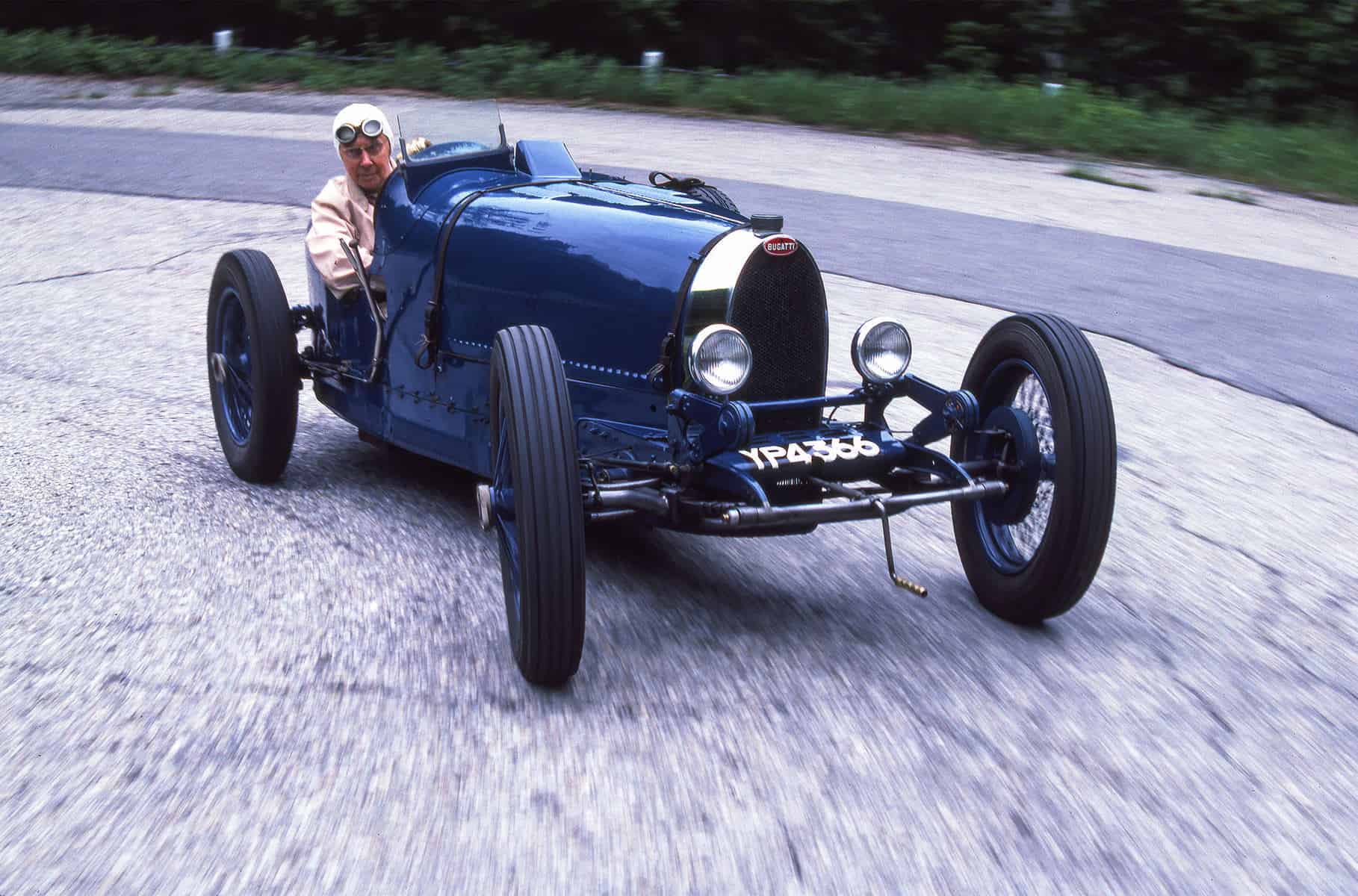
A wealthy local, Albert de Bondelli, loaned Dreyfus a Bugatti Type 35B, the very car William “Williams” Grover had driven to win Monaco. Dreyfus entered the Dieppe Grand Prix, set the fastest lap and won the race. He was on his way. Réne soon bought his own Type 35B, won the La Turbie hill climb, and entered the Monaco GP for 1930. Racing his normally-aspirated 2.3-liter Bug against the new, factory-sponsored 2-liter supercharged Type 35C’s, he had what turned out to be a brilliant idea. In order to avoid a time-consuming pit stop, René jury-rigged a 30-liter fuel tank, placed in the passenger seat. He avoided the pits, beat his former mentor, Chiron, by 22 seconds, and won the race. Three and one-half hours of racing on Monaco’s challenging course had left him with bloody hands. But despite several more wins, privateer Dreyfus was unable to convince Ettore Bugatti to retain him as a factory team driver.
So he moved to Maserati in Bologna, and competed in an 8C2500 in his first race against Achille Varzi. But Maserati was nearly the end. His efforts in Italy unsuccessful, Dreyfus returned to France to partner with Louis Chiron, once again driving a Bugatti. His rivals were a Who’s Who? of the racing world – Tazio Nuvolari, Jean-Pierre Wimille, Raymond Sommer, Rudi Caracciola. In just a few years, the green kid had become a world-beater and a French Champion. A bad crash at Comminges nearly ended his career, but he was selected as a Bugatti factory driver. By 1934, steady and dependable, Dreyfus was a contender, but Bugatti’s lovely Type 59 GP car was inconsistent. He joined Scuderia Ferrari, in Italy, to drive Alfa Romeos.
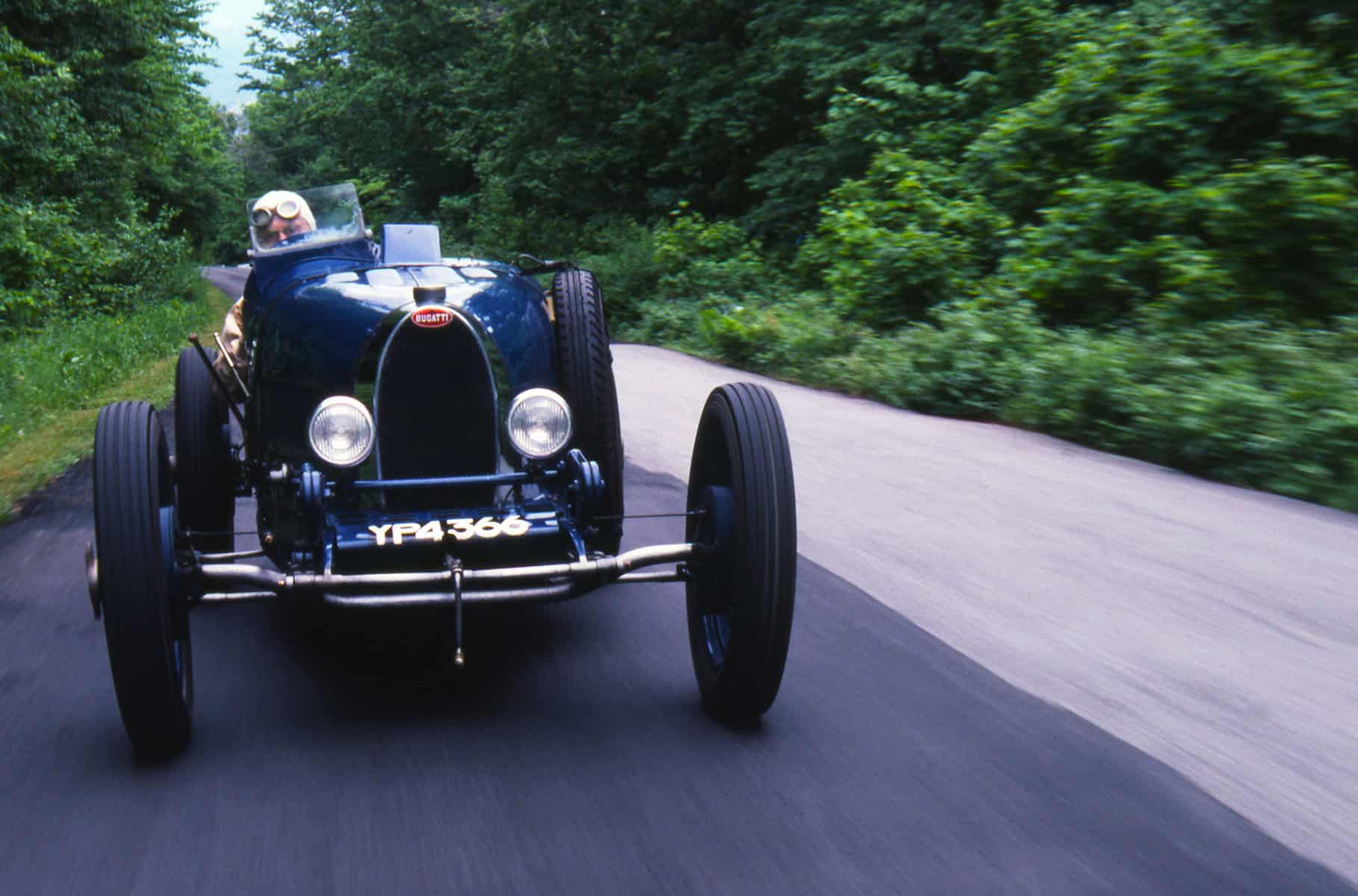
Underwritten with millions of marks by the Nazi government, the “Silver Arrows” of Mercedes-Benz and Auto-Union began dominating European tracks. After Enzo Ferrari’s Scuderia, René returned to France, first with Talbot-Lago and then for Ecurie Bleu a racing team sponsored by car-mad American heiress, Lucy O’Reilly Schell, René competed in the Monte Carlo Rally, and Le Mans. In 1937, pitted against the Jean-Pierre Wimille’s Bugatti, he won the coveted Million Franc prize, an award created by the government especially for French cars. René called it “the toughest fight of my career.” In his 4.5-liter, naturally- aspirated V-12 Delahaye at Montlhéry, Dreyfus had to average 146 km/hr for 200 kilometers, from a standing start. His dramatic win made headlines all over France.
He followed it with a memorable victory in April 1938 over Rudi Caracciola’s faster Mercedes-Benz W154 at the Grand Prix of Pau. Competing on a tight, twisty course, René outlasted Rudi’s Silver Arrow because Carraciola had to pit for fuel, and Dreyfus did not. A French car with a French driver beating the vaunted Germans, as war was threatening, was remarkable. Making it more intriguing, Dreyfus’ father was Jewish, and his mother was Catholic. Dreyfus was an obviously Jewish name in France, and the infamous Dreyfus Affair at the turn of the Century, where Captain Alfred Dreyfus was falsely accused and imprisoned for espionage, then cleared thanks to the efforts of writer Émile Zola, was still fresh in many minds. Although Rene wasn’t religious, his Jewish family background prevented his being hired by Mercedes-Benz whose racing boss, Alfred Neubauer, reportedly wanted to retain him.
As war clouds gathered, René enlisted in the French Army, just as Germany invaded Poland. But instead of being rushed to the Front, he received special permission to sail to New York to compete at Indianapolis with co-driver René Le Begue. Lucy O’Reilly Schell sponsored a team of two Maserati’s 8CTF’s and Luigi Chinetti was the chief mechanic. Dreyfus qualified but was bumped. He didn’t speak English yet and didn’t understand Indy’s arcane rules. The two Renés started in 31st place and finished 10th. When Germany invaded France, it was impossible for Dreyfus to return.
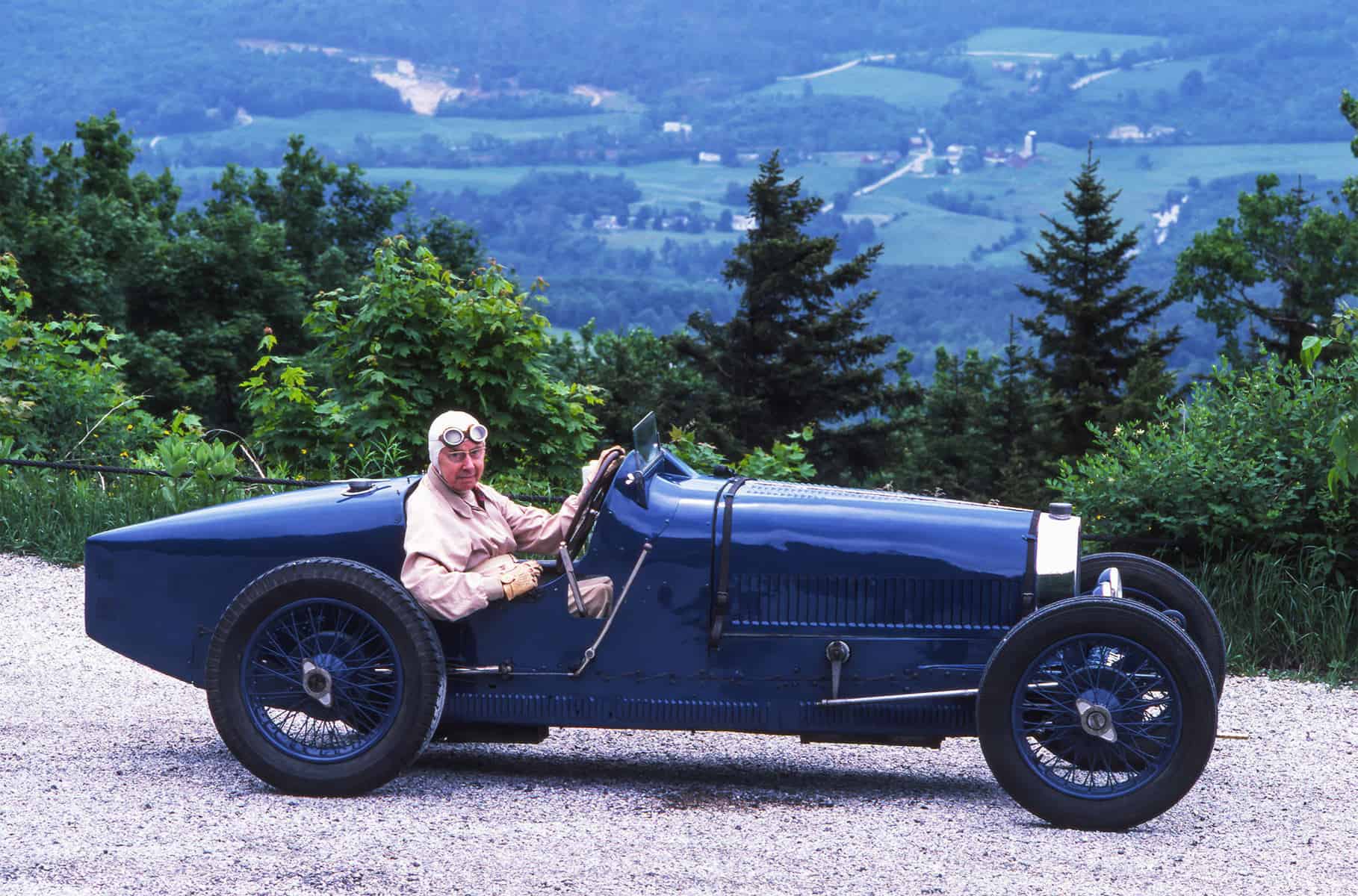
His second life was about to begin – in America.
Seeking a new profession, Rene bought a small restaurant in New Jersey and studied English. After the Japanese bombed Pearl Harbor in December 1941, he decided to enlist in the US Army. Becoming a Staff Sergeant, he was sent to Italy where he commanded a transportation company. Courageous under fire, he received a battlefield promotion to Master Sergeant. In 1944, René was able to locate his brother Maurice and sister Suzanne in France, where they had worked with the Resistance. At the war’s end, Dreyfus returned to the States, became an American citizen, and brought his two siblings to New York. Driving professionally again seemed impractical. Instead he bought Le Gourmet restaurant in New York City, which evolved into Le Chanticlair, an elegant fine dining establishment on Manhattan’s East Side. Le Chanticlair would become the unofficial headquarters for the racing community, as well as a restaurant frequented by celebrated folk from the arts, the film, politics, the entertainment and the fashion industries.
René and his brother Maurice were the hosts and co-managers. René loved the fast pace of New York. At 5 AM, he could be found at the Fulton Fish Market selecting fish for the restaurant. Accustomed to fine dining in Paris, he was attentive to every detail, using the same level of intense concentration he’d had as a driver. Now, racing came in second. Rene would dabble as a competitor at Sebring with Stanley “Wacky” Arnolt and at Le Mans in a Ferrari 340 America with Pierre-Louis Dreyfus. But Le Chanticlair was his love.
The ambience at Le Chanticlair was magic, attracting both local celebrities such as Walter Cronkite and racing enthusiasts alike – Carroll Shelby and Phil Hill were regulars when they were in New York. Photos of racing drivers lined the walls, and a mural of the Place de la Concorde framed the dining room. Bugatti water pitchers were placed on each table, along with ashtrays in the shape of a Bugatti radiator.
In his autobiography “My Two Lives,” written with the late Beverly Rae Kimes, René commented, “…perhaps there was a day at Le Chanticlair when someone involved in motor sport didn’t visit, but I don’t recall it. … the enthusiasm of motor sport provided me a chance to play racing’s elder statesman and admittedly, I reveled in it. I loved holding my audience in rapt attention as I talked about racing then and now…” René kept up with contemporary racing, but he especially liked talking about Bugatti’s.
Dreyfus was invited to Monaco on the 50th Anniversary of his win there. German Bugatti enthusiast Uwe Hucke brought a Type 35B for René to drive on the course for a tour d’honneur. That evening, at the Sporting Club, René was surprised to see his winning Bugatti racer from 50 years ago along with Carlos Reutemann and his Williams. The oldest living winner of the Monaco GP and the most recent winner were applauded. Afterwards, René reflected on his feelings. “One thing became clear to me during my stay in Europe,” he wrote. I’ve had two lives, and while it was a wonderful experience to relive my first one, I knew I could not return to it. After four weeks in France. I became homesick.”
He continued: “It was something of a revelation to me to realize that, despite the fact that I remain French to the bone and have the accent to prove it, how American I’ve become in the last forty years. … America had become, simply, irrevocably and happily, my home. The life of beau monde that I had lived in France was something that I could return to only as a visitor.”
Rene Dreyfus died in August, 1993, aged 88. Today he is fondly recalled as a modest, elegantly dressed, unfailingly polite French gentleman with a ready smile, a steely grip, and a host of stories from two lives well lived. For more about him, there’s a new book, “Faster,” by Neal Bascomb, which covers René’s exciting victories, competing for Le Million at Montlhéry and beating the Silver Arrows at Pau. René’s autobiography, “My Two Lives” is out of print but still available.


